Deck & Commander Strategies

Korvold, Fae-Cursed King
Korvold's deck centers on sacrificing permanents to draw cards and grow stronger, leveraging ramp and sacrifice outlets to generate value and eventually combo off or overwhelm opponents with card advantage and board presence.

Cormela, Glamour Thief
Cormela aims to utilize instant and sorcery recursion by returning key spells from the graveyard when she dies, enabling combo interactions and repeated powerful spell effects to control the game and close out with combos.

Child of Alara
Child of Alara focuses on a landfall tribal strategy combined with board wipes to clear opponents’ boards repeatedly while generating tokens and maintaining land ramp, eventually winning through overwhelming board presence and synergy with Guildgate lands.
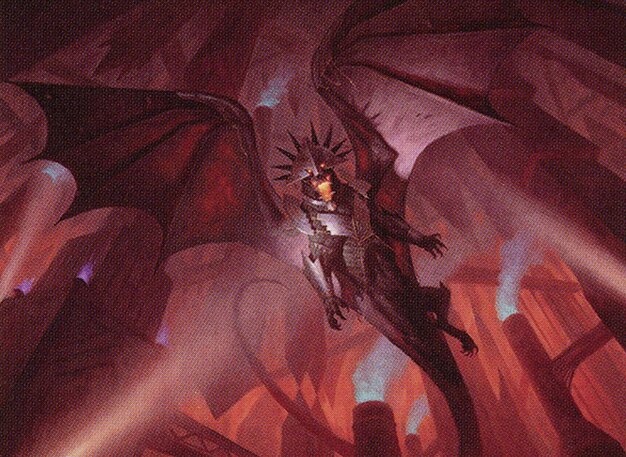
Ziatora, the Incinerator
Ziatora leverages token generation and doubling effects to create swarms of creatures, using sacrifice outlets to deal damage and generate treasures, applying steady pressure and value through incremental damage and resource advantage.
Gameplay Insights
- 1
Korvold’s use of Meat Hook Massacre at X=3 was a crucial board wipe that helped stabilize the game by removing multiple threats while gaining life and creating spirits through Forbidden Orchard.
- 2
Child of Alara’s repeated landfall triggers, enhanced by cards like Ancient Greenwarden that double landfall triggers, allowed for powerful token generation and board wipes, significantly impacting board state.
- 3
Cormela’s ability to return instants and sorceries from the graveyard when she dies pressured opponents to carefully consider when and how to remove her, as she could recur key spells and maintain combo potential.
- 4
Ziatora’s aggressive token creation and sacrifice for damage interaction created a steady source of pressure, leveraging treasures generated to ramp and further fuel spells, demonstrating the power of incremental damage and resource gain in multiplayer.
- 5
Managing life totals and damage output was critical as players balanced between aggressive attacks and preserving resources for key plays, showcasing the importance of timing in high-power Commander games.
Notable Cards
-
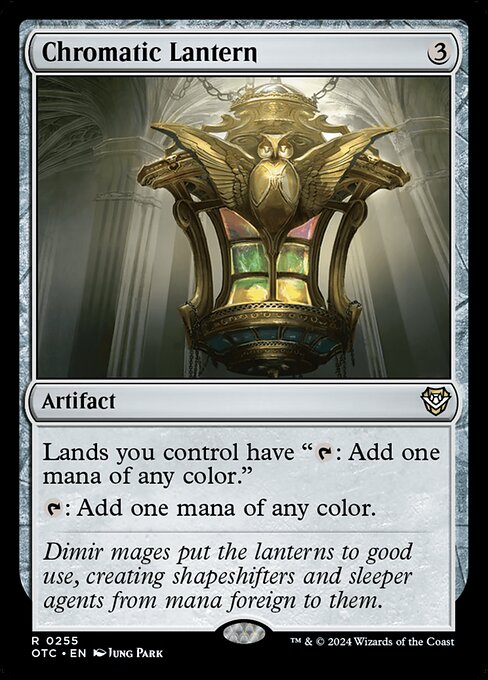
Chromatic Lantern
-
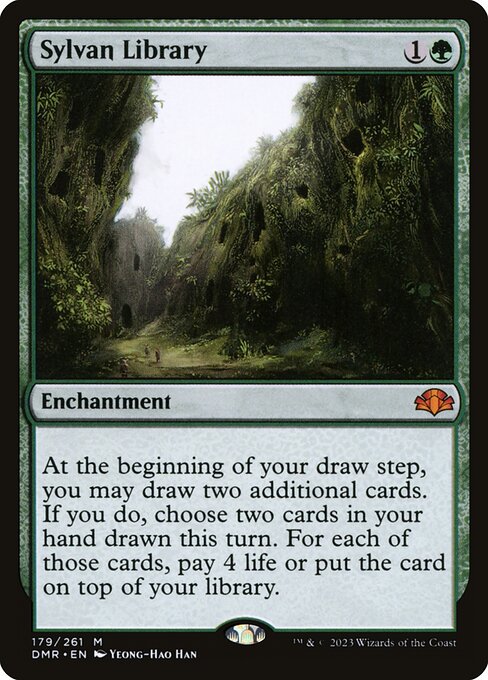
Sylvan Library
-
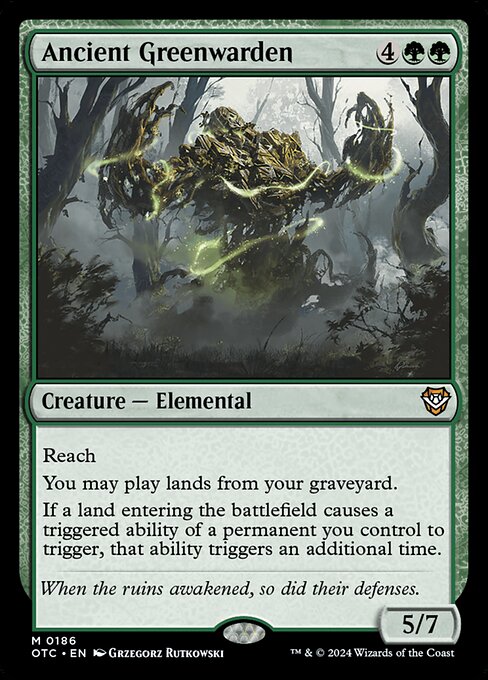
Ancient Greenwarden
-

Sylvan Library
-
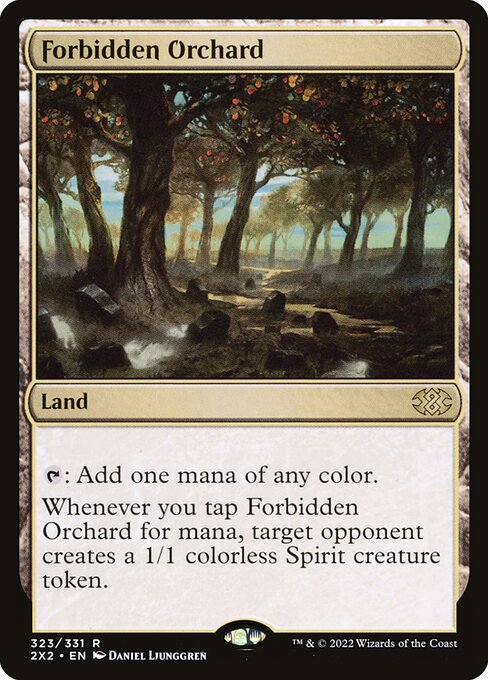
Forbidden Orchard
-
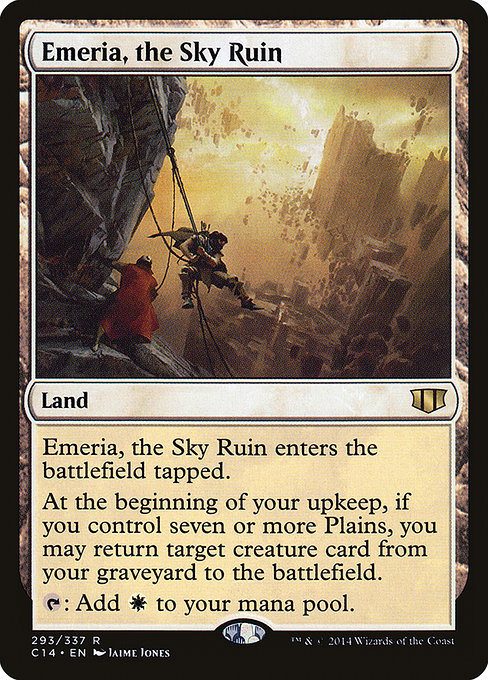
Emeria, the Sky Ruin
Gameplay Summary
The game featured four high-power Commander decks engaging in a dynamic, interaction-heavy match.
Early turns saw ramp and utility spells from all players, with Korvold focusing on sacrificing permanents to draw cards and gain value, while Cormela aimed to leverage instant and sorcery recursion for combo potential.
Child of Alara utilized a landfall tribal strategy with board wipes to control the board, and Ziatora sought to capitalize on token doubling and damage triggers to push through incremental advantage.
Key moments included Korvold casting significant ramp spells like Chromatic Lantern and setting up his sacrifice engine, while Child of Alara triggered multiple board wipes and token generation through landfall synergies.
Cormela's ability to return instants and sorceries upon death created pressure for opponents to manage threat recursion carefully.
Ziatora's aggressive token production and damage-dealing abilities steadily pressured the table, particularly through sacrificing creatures for damage and treasure generation.
A pivotal play was the casting of Meat Hook Massacre by Korvold, which helped clear smaller threats and stabilize the board, demonstrating the importance of well-timed board wipes in this high-power environment.
The game unfolded around managing resources, maximizing value from death triggers, and carefully navigating board wipes and recursion to maintain momentum.
The eventual win condition revolved around grinding out damage and value through sacrifice synergies and token pressure, highlighting the power of incremental advantage and recursion in multiplayer Commander matchups.






















![Two Time Top Tournament Talion Takes on the Team [cEDH Gameplay] TALION v SISAY v ATRAXA v CORMELA thumbnail](https://i.ytimg.com/vi/XQx31rp4OTQ/sddefault.jpg)



![Commander VS: Happy Johnny Appleseed Day! [EDH] thumbnail](https://i.ytimg.com/vi/GFdVvmC5xpE/sddefault.jpg)
![Commander VS S2E4: ????? vs ????? vs ????? vs ????? [MtG: Multiplayer] thumbnail](https://i.ytimg.com/vi/AtG_lLI-VXw/sddefault.jpg)
![Commander VS S1E7: ??? vs ??? vs ??? vs ??? Part 2 [MTG Multiplayer] thumbnail](https://i.ytimg.com/vi/p2dReYRgN8c/sddefault.jpg)














